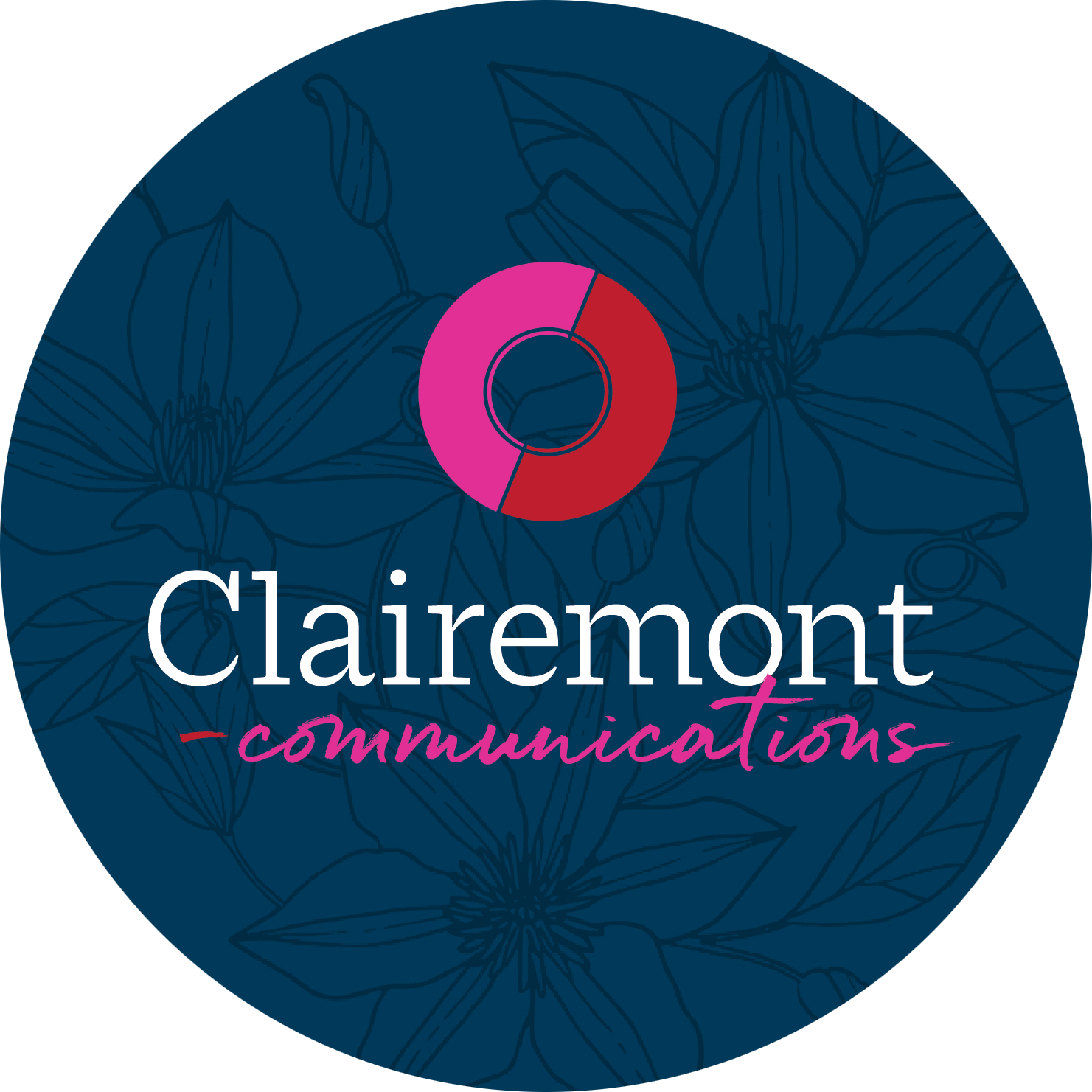Last month I had the honor of guest blogging on Spin Sucks about the art of naming. Since then, Clairemont has named three furniture collections that debuted last week at furniture market, so we thought it would be appropriate to share the post in its entirety on our blog, too. We hope you will enjoy it as much as we enjoyed naming the new collections!

In a few weeks, I’ll experience my annual ritual of kicking off Fall Furniture market by walking into the showroom and checking out my client’s toenails as I greet her. Yes, her toenails.
My client and I share a love. A love of OPI Nail Lacquer. Take a fashionable color, add a fun, catchy name such as Kiss on the Chic, Gliterzland from the Swiss collection or the best-selling I’m Not Really a Waitress Red, and it goes from a hue we might select once at the nail salon to a bottle we’ll buy to use again and again.
If you’ve ever started a company, you had to name it. If you lead a company or are in marketing, public relations or advertising, you’ve likely been asked to help name a product or campaign. It might not be nail polish, but chances are you want your target audience to respond the way OPI fans do. How do you do that?
Too bad it isn’t as simple as comedian Mitch Hedberg portrayed it to be. “I want to get a job as someone who names kitchen appliances. Toaster, refrigerator, blender….all you do is say what it does and add ‘er’. Hey, what does that do? It keeps shit fresh. Well that’s a fresher….I’m going on break.”
Start with some inspiration. From Altoids to Zima by Evan Morris tells the story behind 125 well-known brands. Morris writes that once upon a time, naming a product was as simple as taking the manufacturer’s name and adding a product description, such as Smith’s Pure and Effective Cough Syrup. Nowadays, as Morris notes, companies often create new words for brands. Google started as “googol,” a word that the nine-year-old nephew of a mathematician made up to mean a “very, very large number, ten raised to the hundredth power.”
I’m betting there was a pretty darn good chance that the url was available and the name wasn’t trademarked. Imagine the additional steps the founders of Google would need to take now. Is www.facebook.com/google available? Should there be one Twitter feed or separate feeds? Is @googleanalytics too long for re-tweets? These are all serious considerations for today’s namers.
One thing that hasn’t changed is the importance of having a story behind the name. Eric Morgenstern of Morningstar Communications gave me this sage advice as I faced my most challenging naming exercise – deciding what to call my own firm. Think about your values, what you represent, your story and what you want to accomplish, he told me. It was a moment of clarity that led me to start my own agency, with a desire to deliver monumental client results. Clarity + monumental = Clairemont Communications.
Just as Google is a revised version of the made-up word of a kid, and it takes some adding and subtracting of letters for clarity and monumental to make Clairemont, it is important to give yourself some creative freedom in the naming process.
